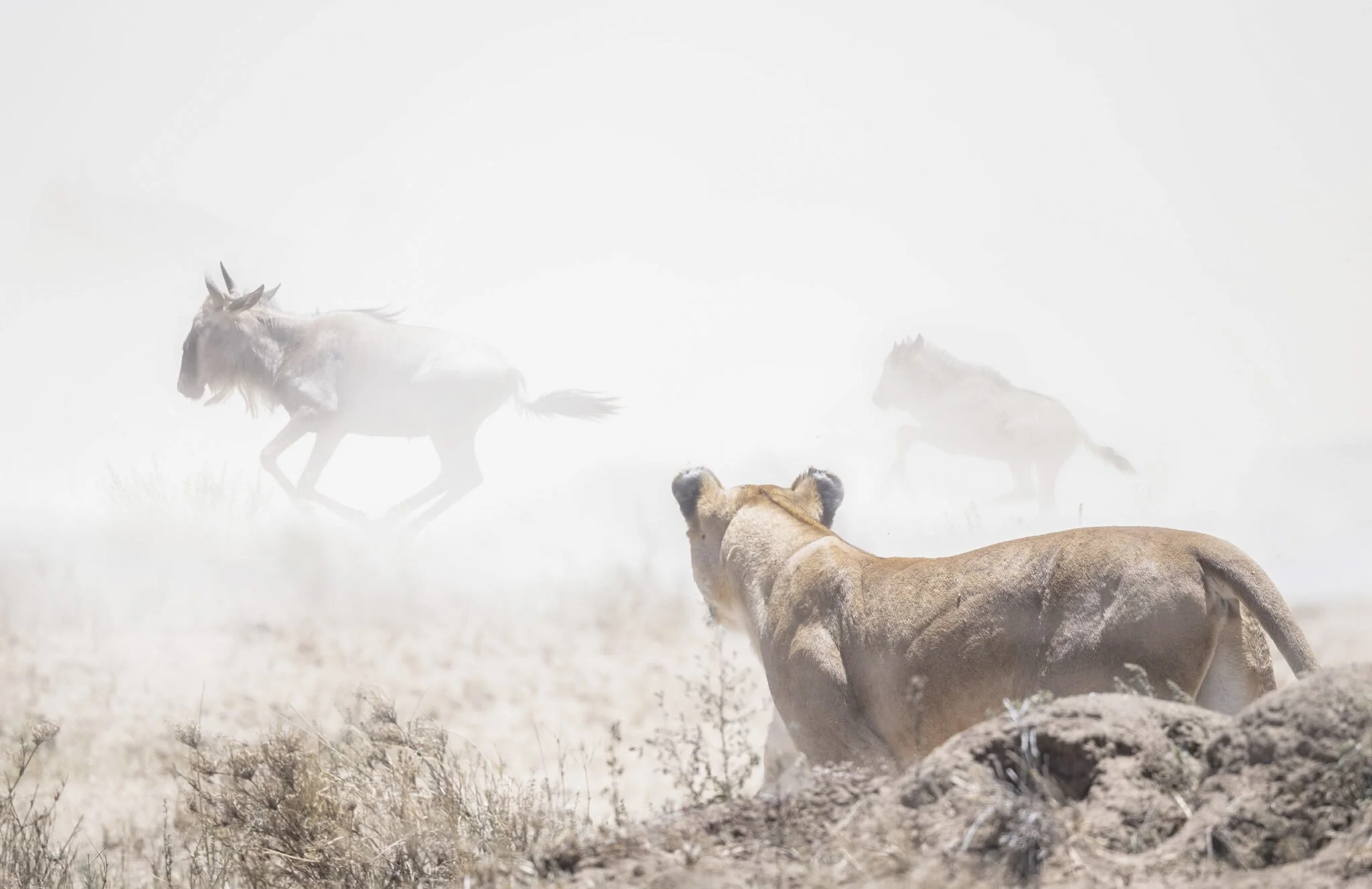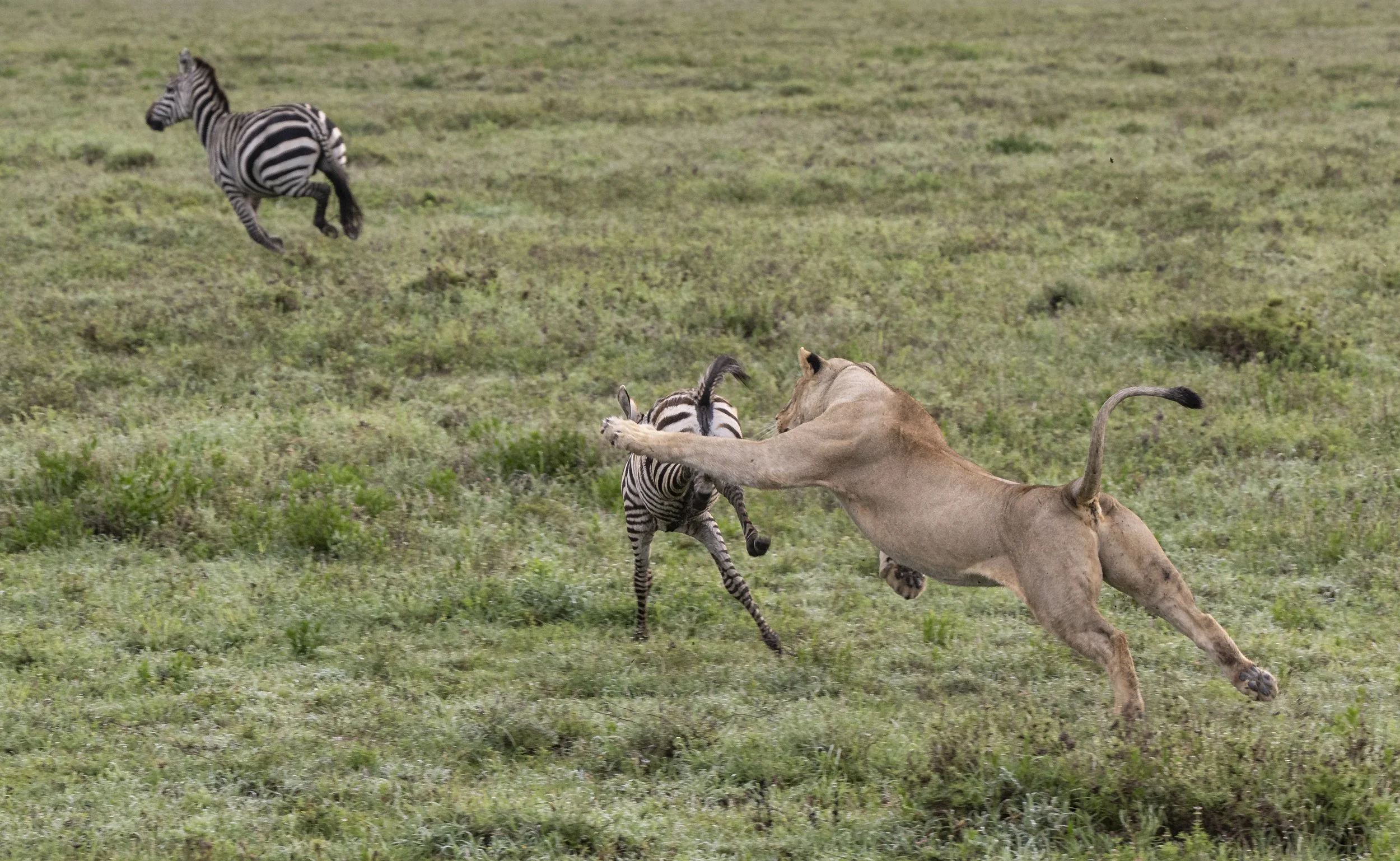Packing for Safari: What’s in My Camera Bag—and What I Leave Behind
After more than a decade of leading photo safaris across Africa, Kevin Pepper has seen it all—from guests with three camera bodies and no batteries, to photographers trying to handhold a 600mm lens on a bumpy track in the Serengeti. And yes, he’s made a few packing mistakes himself.
Packing for a safari is part art, part science, and entirely important. Bring too much and you're constantly juggling gear. Bring too little and you miss the shot of a lifetime.
This is how Kevin packs for safari now—lean, smart, and always with the end photo in mind.
🎒 The Camera Bag Essentials
Two Camera Bodies (No Exceptions)
One for the long lens, one for the wide. Kevin always carries two bodies—usually a fast frame-rate mirrorless paired with a second body. Changing lenses in a dusty Land Cruiser isn’t just inconvenient—it’s risky.
Long Lens (400mm to 600mm)
This is the workhorse for most wildlife encounters. Kevin typically uses a 100–400mm or 180–600mm zoom lens depending on the safari. The zoom gives flexibility for close encounters and distant sightings without needing to swap glass.
Mid-Range Zoom (24–105mm or 24–70mm)
For shooting wildlife in context, capturing landscapes, and photographing life in camp. This lens gets more use than most people expect.
Wide-Angle Lens (16–35mm or similar)
Not just for landscapes—Kevin uses it for dramatic skies, environmental portraits, and those rare moments when elephants get very close.
Teleconverter (1.4x)
Lightweight and easy to carry, it extends the reach when needed—especially helpful for birds or distant cats on cooler mornings.
⚙️ Accessories That Matter
Beanbag or Door Mount
Forget tripods in vehicles. Kevin uses a beanbag for long lens stability on the window ledge. It’s simple, silent, and effective.
Extra Batteries and Memory Cards
He brings more than needed—because Africa isn’t the place to run out of power or space when the cheetah finally yawns.
Lens Cloths and Air Blower
Dust happens. He keeps these within arm’s reach at all times, especially when switching locations in open vehicles.
Laptop and Portable Backup Drive
At the end of each day, Kevin backs up everything—one copy on an SSD, a second copy on his laptop of another SSD drive. No image gets left behind.
❌ What Kevin Doesn’t Bring Anymore
Tripod for Game Drives
It’s not just unnecessary—it’s in the way. If he’s doing night sky photography at camp, a small travel tripod comes along. But for daytime game drives? Beanbag all the way.
No More Than Three Lenses
In his early days, Kevin brought a lens for every possible scenario. Now? He picks two or three that do 90% of the job and focuses on using them well.
Prime Lenses
Wildlife is unpredictable. And my focus is on your photos versus mine. So I like to have a variable focal length.
Camera Gear He’s Afraid to Get Dirty
Safari is rough. Dust, heat, and bumpy roads are part of the deal. If you’re afraid to use it hard, leave it at home.
📝 Final Thoughts
Packing for safari isn’t about bringing everything—it’s about bringing what you’ll actually use. Kevin has refined his kit over years of trial, error, and helping hundreds of photographers in the field. His philosophy is simple: be ready, stay flexible, and keep your gear streamlined so your attention stays on the animals, not on your bag.
Want to see this setup in action?
Join Kevin on one of his upcoming photo safaris with Akari Photo Tours. He’ll help you pack smart, shoot better, and come home with images you’re proud of. Browse the current lineup of workshops at Akari Photo Tours




